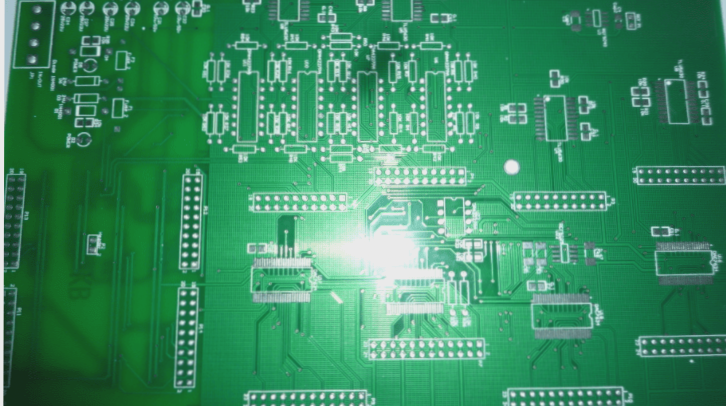Minimizing EMI in PCB Design with Operational Amplifiers
- Operational amplifiers are a powerful tool for reducing EMI in PCB design, yet their potential is often underestimated.
- Modern operational amplifiers offer superior noise resistance compared to older models, debunking the myth that they are vulnerable to EMI.
- Utilizing operational amplifier circuits can greatly enhance system and PCB designs by minimizing noise interference.
Understanding EMI in PCB Design
EMI, or electromagnetic interference, is caused by unintended electrical noise sources that disrupt circuits through voltage, current, and electromagnetic radiation coupling mechanisms.
Types of EMI Coupling Mechanisms
- Near-field coupling mechanisms include conductive, electric field, and magnetic field coupling.
- Far-field radiation coupling involves emitting electromagnetic energy at various wavelengths.
Effective EMI Reduction Techniques
Active operational amplifier filters can significantly reduce EMI and noise within the PCB circuit’s bandwidth. By utilizing differential mode signals and implementing active filters with precise resistors and capacitors, optimal filter performance can be achieved.
Advantages of Operational Amplifiers in EMI Mitigation
- Differential input stage architecture effectively suppresses common-mode noise when configured as a differential amplifier.
- Matching resistors with high precision can enhance common-mode rejection ratio (CMRR) and overall circuit performance.
Conclusion
By leveraging the capabilities of operational amplifiers and understanding the various EMI coupling mechanisms, designers can create PCB layouts that effectively minimize electromagnetic interference, ensuring optimal performance of electronic systems.

Enhancing Operational Amplifier Resilience to Electromagnetic Interference (EMI)
Active filtering and CMRR are effective in reducing circuit noise within the component’s frequency band limits. However, exposure to RFI noise beyond the expected range can lead to non-linear behavior in the component, particularly affecting operational amplifiers.
Operational amplifiers, with their high-impedance differential input stage, are susceptible to RFI. Both DM and CM RFI noise can be rectified by internal diodes, causing a small DC offset that may impact circuit performance.
Methods to Improve Op Amp Resilience
One method is to use an EMI-hardened operational amplifier with an internal input filter, offering noise mitigation from tens of MHz to several GHz. TI provides a wide range of EMI-hardened components for selection.
Alternatively, adding an external EMI/RFI filter to the op amp’s input can enhance resilience, especially when internal filters are not available.
Significance of Output Impedance
An operational amplifier’s low output impedance, typically a few ohms or less, plays a crucial role in EMI reduction. Understanding how EMI affects circuits with different impedance levels is essential for effective noise mitigation.
Addressing Clock Noise in Audio Circuits
In systems using I2C serial bus clocks, clock noise interference can impact audio ADCs and circuits, especially in high-density PCB designs. Mitigating noise by reducing circuit impedance can significantly improve sensitivity to coupling noise.
Integrating operational amplifiers like the OPA350 can buffer signals and lower output impedance, reducing clock noise in compromised audio signals.
Decoupling Capacitors for EMI Filtering
Decoupling capacitors at power supply pins are vital for filtering high-frequency EMI noise and enhancing interference immunity in operational amplifier circuits. Selecting capacitors with specific characteristics and optimizing their layout and connections are key to effective noise suppression.
- Choose capacitors with excellent temperature coefficients (X7R, NPO, or COG).
- Opt for capacitors with very low equivalent series inductance (ESL).
- Prioritize capacitors with the lowest impedance within the required frequency range.
- Typical capacitance values range from 1-100 nF.
Position decoupling capacitors close to power supply pins and ensure short, direct connections to PCB power/ground for optimal noise filtering.



